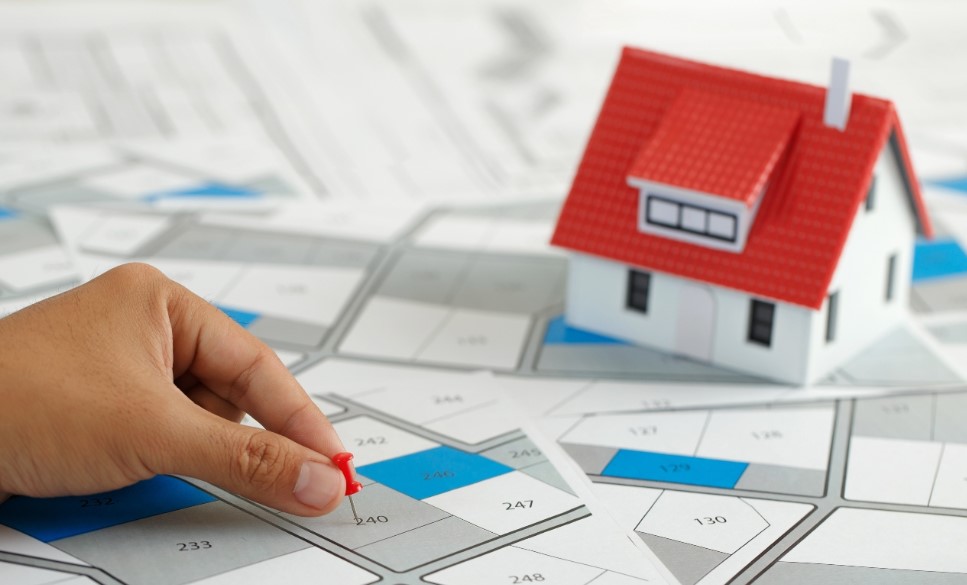
Property development is a lucrative industry that involves transforming land or buildings into profitable real estate projects. However, the process is complex, requiring careful planning, research, and financial management. Understanding each step ensures a successful project with minimal risks. Whether you are a beginner or looking to refine your skills, this guide will provide valuable insights into the entire property development process. If you are serious about entering this field, enrolling in a Property Development Course can help you gain the essential knowledge and expertise needed to succeed.
Step 1: Conducting Market Research
Before investing in any property, conducting thorough market research is crucial. Identifying demand, understanding trends, and analyzing economic factors can help determine whether a development project will be profitable. Consider factors such as local property prices, population growth, infrastructure developments, and potential buyer demographics. A solid understanding of these aspects ensures informed decision-making and reduces risks associated with investing in unsuitable properties.
Step 2: Securing Financing
Financing is a critical aspect of property development. Without sufficient funds, a project can stall before it even begins. Developers often use various financing options such as bank loans, private investors, crowdfunding, or government grants. Understanding the financial requirements of a project, including purchase costs, construction expenses, legal fees, and contingency funds, ensures smooth execution. A well-structured financial plan can attract investors and lenders who are willing to support the project.
Step 3: Finding the Right Property
The next step involves selecting the right property or land for development. Location is key to the success of any real estate project. Factors such as accessibility, local amenities, and future development potential must be evaluated. Developers should also consider zoning regulations, planning permissions, and land restrictions before making a purchase. Conducting due diligence on the property minimizes legal complications and ensures a smooth transition into the next phase.
Step 4: Obtaining Planning and Legal Approvals
Securing planning permission and adhering to local regulations is essential before starting any construction or renovation. Developers must work with local authorities to obtain the necessary approvals, ensuring compliance with zoning laws, building regulations, and environmental standards. This step also includes preparing legal contracts, securing insurance, and addressing any land title issues. A Property Development Course can provide deeper insights into handling legal aspects effectively.
Step 5: Designing the Development Plan
A well-structured development plan outlines the entire project, from concept to completion. Developers work with architects, engineers, and planners to create a detailed blueprint that includes building designs, layouts, material specifications, and project timelines. This phase also involves obtaining construction permits and ensuring that all design elements comply with safety regulations. A carefully crafted plan helps avoid delays and cost overruns.
Step 6: Hiring Contractors and Construction Management
Hiring reliable contractors and construction professionals is crucial for executing the project efficiently. Developers should obtain multiple quotes, check references, and ensure that the selected contractors have the necessary skills and experience. Effective project management ensures that construction stays on schedule and within budget. Regular site inspections, quality control checks, and proactive problem-solving contribute to a smooth building process.
Step 7: Marketing and Pre-Sales
Marketing the development project early can generate interest and secure buyers before completion. Developers use various strategies, including online promotions, real estate listings, and networking with agents, to attract potential investors and buyers. High-quality visuals, virtual tours, and strategic pricing can enhance the project's appeal. Pre-sales can also provide additional funding, reducing financial strain on the developer.
Step 8: Completing the Project and Final Inspections
As the construction phase nears completion, final inspections ensure that everything meets quality standards and legal requirements. Developers work with inspectors, architects, and local authorities to address any issues before handing over the property. This phase also involves obtaining necessary certificates, such as occupancy permits, and making final adjustments to enhance property value.
Step 9: Selling or Leasing the Property
Once the property is completed and ready for occupancy, developers decide whether to sell or lease the units. A well-planned exit strategy maximizes returns on investment. Selling the property provides immediate profit, while leasing offers long-term income generation. Understanding market trends and buyer preferences can help in setting competitive prices and attracting the right clientele.
Conclusion
Property development is a multi-step process that requires expertise, careful planning, and financial management. By understanding each stage, developers can mitigate risks and maximize profitability. Whether you are new to the industry or looking to enhance your skills, a Property Development Course can provide the necessary knowledge and training to navigate the complexities of real estate development successfully.











